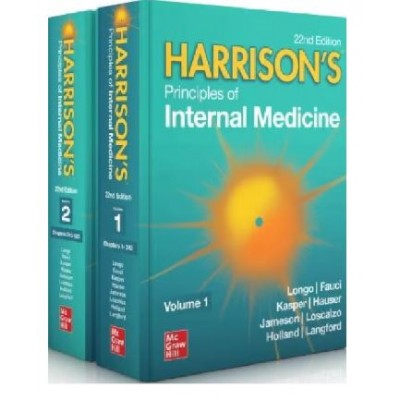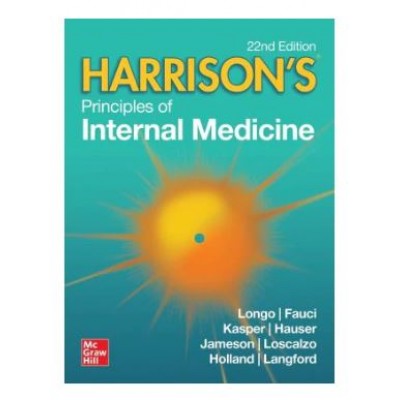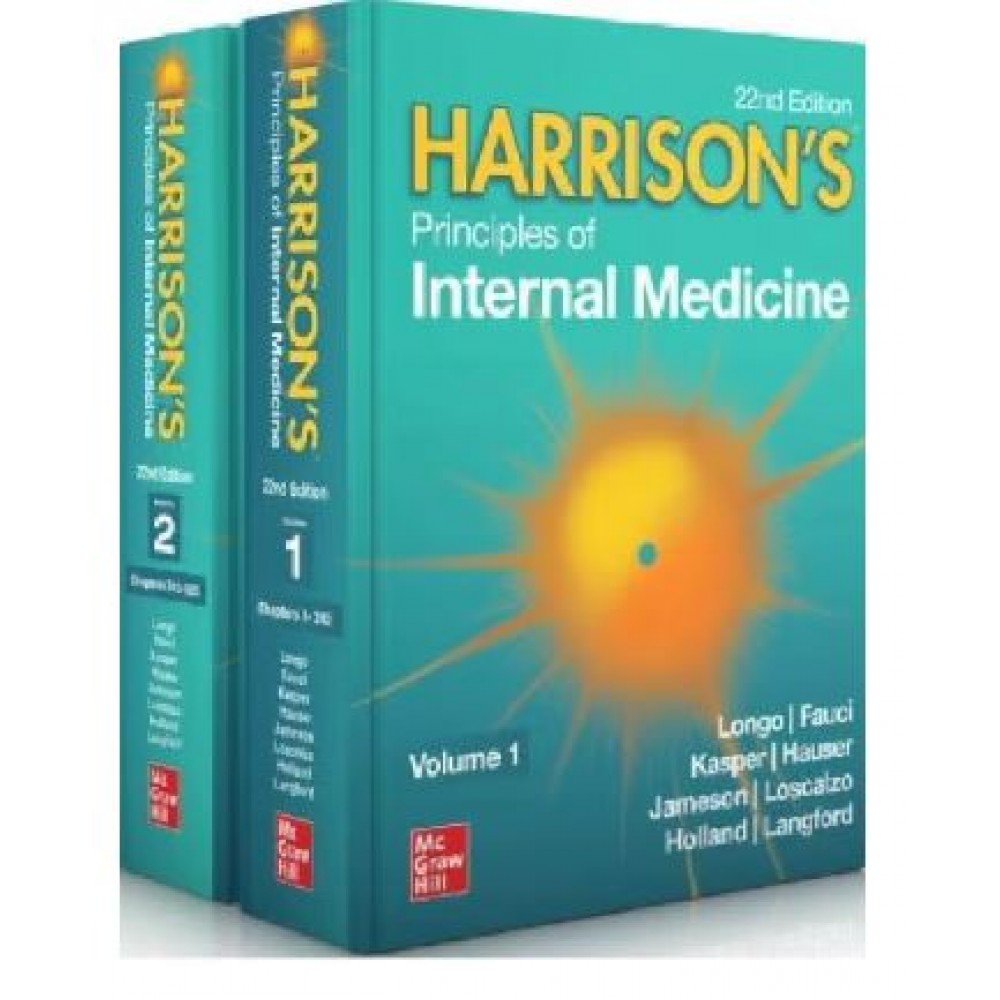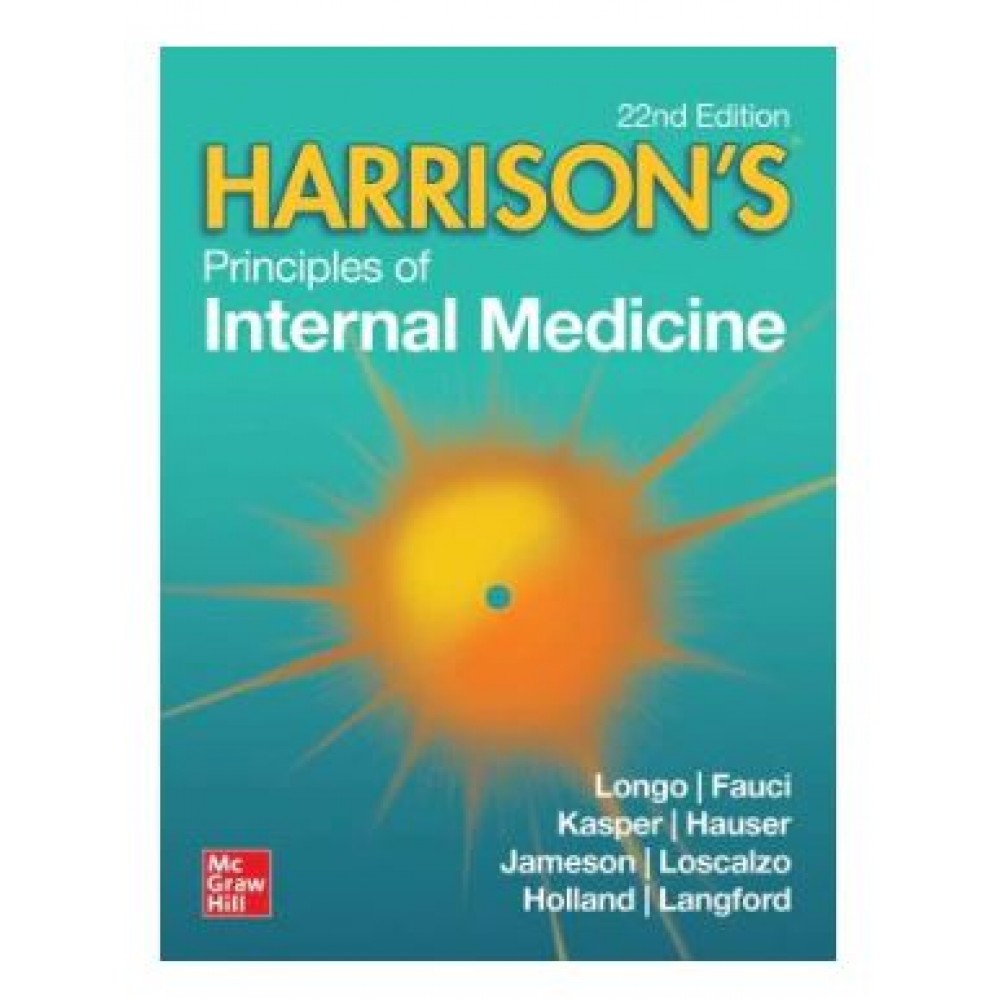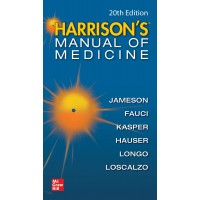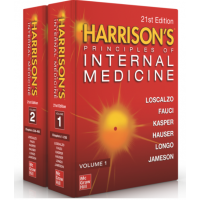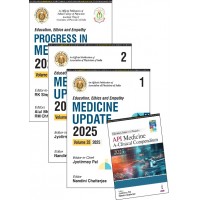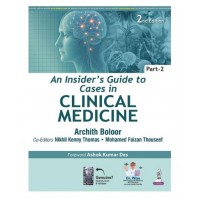Harrison’s is world-renowned as the most authoritative source for:
• Descriptions of disease mechanisms and how the clinician can apply that knowledge for the best patient care and optimal diagnosis and treatment of specific diseases
• Clear, concise schemas that facilitate the generation of differential diagnoses to reason efficiently through complex real world clinical cases
• The physiologic and epidemiologic basis of signs and symptoms, which are covered through a wealth of unsurpassed expert guidance and linked to the disease-specific chapters that follow
• Updated clinical trial results and recommended guidelines
• Excellent and extensive visual support, including radiographs, clinical photos, schematics, and high-quality drawings
• Coverage of both therapeutic approaches and specific treatment regimens
• Practical clinical decision trees and algorithms
• Organ- and system-specific sections, with clinically relevant pathophysiology and practical clinical advice on the approach to the patient, strategies towards building a differential diagnosis, outstanding clinical algorithms and diagnostic schema, a wealth of clinical images and diagrams, current clinical guidelines, as well as general and specific approaches to therapy
This twenty-second edition features:
• Updated content that reflects new approved therapeutics and new practice-changing guidelines and evidence summaries
• More than 3,000, clinical, pathological, and radiographic photographs, diagnostic and therapeutic decision trees, and clear schematics and diagrams describing pathophysiologic processes
• Numerous atlases featuring curated collections of important visual aspects of diagnosis and management
• Brand new chapters, including The Value of the Physical Examination in Modern Medicine, Physician Well-Being, Exercise Intolerance, Primary and Secondary Hemophagocytic Lymphohistiocytosis, Symptom Control in Patients with Cancer, Principles of Immunization, COVID and Other Coronavirus Infections, Desensitization, Point-of-Care Ultrasound, Placebo and Nocebo Effects, Bedside Examination Tests in the Patient with Low Back Pain, and Antithrombotic Therapy in Adult Patients

